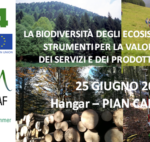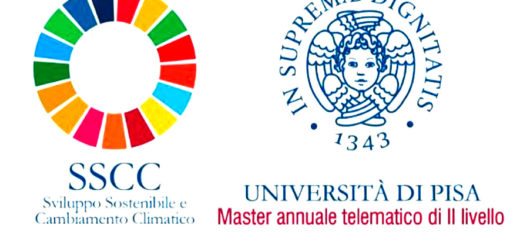Forest vulnerability and tree mortality across different biomes and climatic conditions: the need of interdisciplinary approaches at multiple scales

We would like to draw your attention to the session at the upcoming EGU General Assembly in Vienna, Austria, May 3th –8th 2020.
This session aims at promoting a lively discussion on the issue of forest vulnerability caused by climate changes, with an integrated multi-scale, multi-temporal and interdisciplinary approaches.
** The abstract submission deadline is 15th January 2020 at 13:00 Central European Time**
Keeynote speakers:
- Riccardo Valentini (University of Tuscia, Italy)
- Tamir Klein (Weizmann Institute of Science, Israel)
- Eryuan Liang (Institute of Tibetan Plateau, Chinese Academy of Science, China)
Please visit this page to initiate a submission.
We look forward to seeing you in Vienna.
Session Description
BG3.10 “Tree mortality and forest vulnerability across different biomes and climatic conditions: the need of multidisciplinary approaches at various scales”
Convener: Francesco Ripullone
Co-Conveners: Giovanna Battipaglia, Veronica De Micco, Jesus Julio Camarero
The assessment of forest vulnerability and resilience in the sight of global ecological, social and economic changes is a relevant issue. In recent decades, forest vulnerability is rapidly increasing worldwide and forecasting changes in tree health is becoming a challenge. Forest dieback episodes have been recorded in all biomes affecting different tree and shrub species. These dieback cases are revealing the high vulnerability of some species, particularly conifers, manifested as a loss in tree vigour, growth decline and sometimes tree death. Tree mortality commonly involves multiple, interacting factors, ranging from drought to insect pests and diseases, often making the determination of a single cause unrealistic. The need of understanding and predicting changes in tree mortality, growth and recruitment in response to dieback is essential to improve vegetation and C cycle models.
There is a common agreement on the key role of interdisciplinary research and the combined use of complementary tools to improve the monitoring and projection of forest vulnerability and dieback.
This session focuses on efforts to improve our understanding on: i) causes and mechanisms related to forest vulnerability and dieback; ii) potential changes in tree species composition, forest structure and extent of dieback under current and future climate change scenarios; iii) evaluation of which functional anatomical and hydraulic traits make some tree species or stands and tree populations more prone to environmental-induced dieback and decline IV) assessment of the role and interaction of insect disease and other abiotic factors on mortality; V) possible contribution of novel methods and approaches in quantitative wood anatomy to evaluate plant adaptive capability and identify early-stress indicators; VI) how trees die from drought and how to quantitatively assess tree mortality rates and the magnitude of tree mortality episodes associated to climate change events.
Contributions will focus on an integrated multi-scale (from cells to plant communities, ecosystems and global approaches), multi-temporal (from tree-ring series analysis to xylogenesis and long-term forecasting) and interdisciplinary (microscopy and individual plant physiology to remote sensing) frameworks.
Francesco Ripullone
on behalf of Giovanna Battipaglia, Veronica De Micco and Jesus Julio Camarero
Info Autori
Scuola di scienze Agrarie, Forestali, Alimentari e Ambientali (SAFE-UNIBAS)





